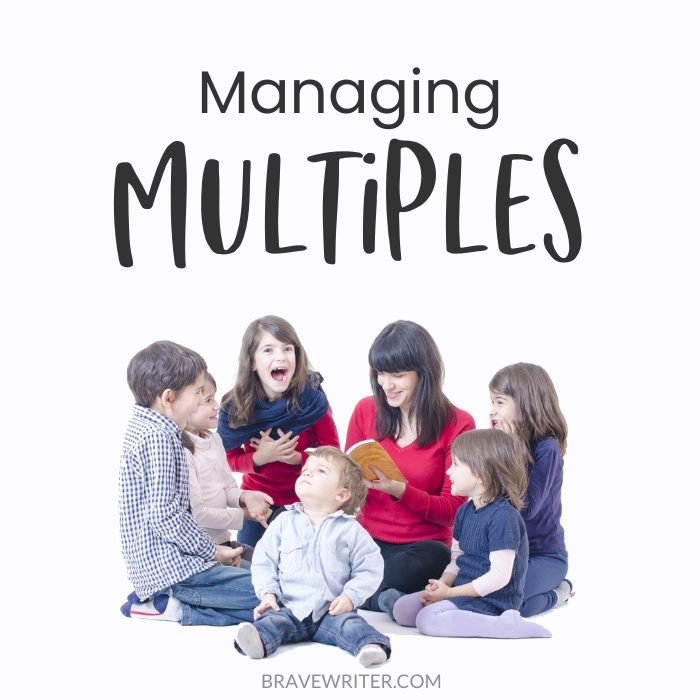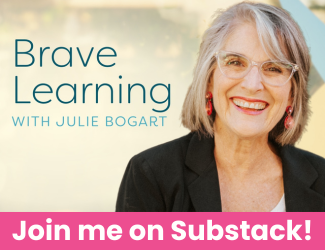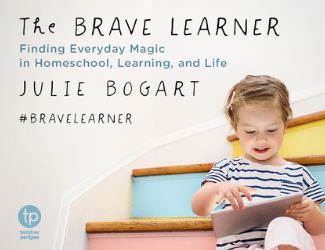Managing Multiples in Your Homeschool

Grade levels are designed for schools, not home. Children similarly aged (not necessarily similarly skilled) are put into bunches and taught by one teacher, using materials designed for that group.
Home educators typically start their journeys with grade level products. They buy the entire slate of materials for Kindergarten or First Grade. As the oldest gets older, younger kids slide into the K or 1st position. By the time the oldest is in 5th grade, there may be three or four kids who are school aged, all with individual sets of products not necessarily coordinated in any meaningful way for you, the teacher of multiples!
The question becomes: “How do I teach all these levels simultaneously?”
It’s a great question! After all, children aren’t sent to be away from the home to a teacher in a separate building, while a parent at home makes meals, shops, and earns an income.
Rather, homeschooling families live in houses, condos, and apartments. They have more going on than an education. They’ve got pregnancies to contend with, toddlers and babies, all the necessities of life from food to laundry to dental appointments, and the pressure to figure out how to educate on the fly (very few home educators have any kind of training whatsoever!).
The secret to success is abandoning grade level.
Focus on subject area, not grade level.
You want all your kids learning about the same stuff together. They will automatically perform at “grade level” or according to their skill set. You can talk about Native American tribes with kids from pre-K to 10th grade. All kinds of materials and books can be gathered and used, together. DVDs, historical fiction, personal accounts from living Native Americans, studying maps, visiting burial grounds or Native American landmarks, making foods, weaving facsimiles of rugs or building replicas of their teepees and dwellings—what of this can’t be done on some level by everyone?
The goal is to create a shared family learning adventure. History and science (even literature) can, to a large extent, be studied collectively as you supply skill appropriate challenges within that context. At least everyone will be on the same page in terms of vocabulary, story, and focus. When you learn this way, students contribute to each other’s educations naturally, in conversation, through sharing their work together.
The 3 R’s (reading, writing, arithmetic) may seem like they are more grade-level bound, but that doesn’t meant you have to stretch yourself thin like a taffy-pull to get them in each day for four or more kids.
Set a time aside for when everyone does copywork. Light candles (one mom literally gives a tealight to each child-they write their name on the candle holder) and tell everyone—this is the time for copywork. You might be amazed that the youngest kids sustain a longer attention span when they are writing at the same time as the older ones. Once a week, kids can pick copywork for each other (knock knock jokes, or riddles, or favorite passages, or quotes from a favorite TV show). A sharing of the burden is possible—perhaps the older kids help the younger ones find passages that they would enjoy. Perhaps the younger ones can offer to decorate the writing of the older kids with stickers or artwork.

When you work on writing, suggest a project and have everyone contribute to it (a family letter, a collective report—each person contributing one page). Conversely, each child can work on producing writing for a family topic (subject area). They will select the kind of writing that matches their skill set, but all will focus on writing about artwork or nature or a response to a Shakespeare play.
Math can be done one at a time, if you need to teach specific concepts. But even then—it’s possible to discuss a math concept with the younger ones that the olders already know how to do. The older kids can demonstrate it in action or they might be partners during frisbee-toss skip counting. They can be asked to work with the younger child in secret and then come back to show off to you, the parent.
Reading time ought to be all together, when possible (memories get made here!). Start with the read aloud novel (whole family), followed by silent reading for older kids and reading library picture books for younger ones.
Do Things Together
The idea is to do things together—as much as is possible. When a child needs your undivided attention, pick a time that doesn’t compete with someone else’s similar need. Put your child on the calendar with a date and time—be present. The tendency is to attempt to teach important concepts in the midst of bedlam, and then to wonder why the child isn’t making progress.
If you keep the family together for most of the day, you also build momentum. You won’t be juggling kids who are restlessly waiting for you to help them. There will be productivity happening throughout the morning and into the afternoon. Dinner time will involve talking about the immersion in WW2, rather than each child having a different area of history to discuss and no one to discuss it with!
Home education is about a culture of family learning. Drop your memories of grade level. Focus on shared subject area learning, and group projects when you can.



















thank you for sharing! I have been overwhelmed wondering how this will work?